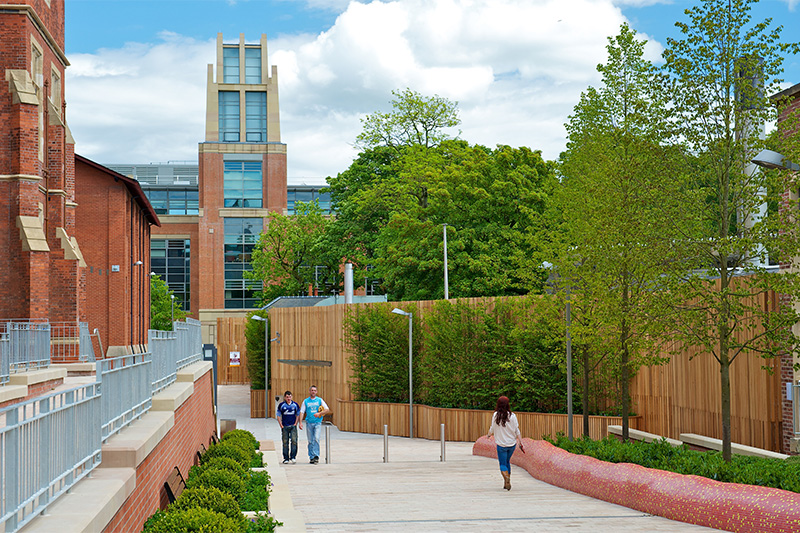Research Centres

Recent research highlights; finding dozens of extra-solar planets, discovering giant twisting waves in the sun, and studying an asteroid before it entered the Earth's atmosphere.
We have also identified progenitor stars of supernovae before they exploded, and discovered some of the most luminous explosions in the universe.

ARC is a leading partner in facilities to discovery exoplanets and in the Pan-STARRS programme to identify moving and explosive phenomena.
ARC built and runs a state-of-the-art, high-speed solar imager, called ROSA. We lead the development of a first light camera for the world’s largest solar telescope under construction in Hawaii.
The major research themes focus on the dynamic universe. We search for distant supernovae and their progenitor stars to understand what drives these explosions.
We study the asteroid and comet population in the solar system and have built instruments to take high-frequency observations of the solar surface.The discovery of planets orbiting other stars in our galaxy is one of the most active new areas in astronomy.

Our research focuses on the modelling, simulation and experimental characterisation of systems and (non-)equilibrium processes from the nanoscopic domain all the way to Quantum engines.
Examples of research areas are: Quantum Technologies, Ferroelectric Topological Structures, Dimensionally confined Functional Materials, Energetics at the nano and quantum scales, Neuromorphic and quantum computing, Nanoscale and quantum transport, Quantum Plasmonics and Photonics, Computational Chemistry, Molecular dynamics and Atomistic modelling.

Our research focuses on the modelling, experimental characterization and application of physical systems driven by light, ranging from atoms and molecules to plasmas.
Several of our projects pursue the development of advanced radiation sources with unique properties and their applications, often in interdisciplinary contexts. Our work is supported by significant funding from the UK Research Councils, as well as from other national and international sources. We host state-of-the-art research facilities, but we are also frequent users of major national and international large-scale installations.

The MSRC is part of the School of Mathematics and Physics of Queen’s University Belfast.
It was founded in 2016 by merging the Centre for Statistical Science and Operational Research (CenSSOR) and the Pure Mathematics Research Centre (PMRC) into a single research unit, and has since then expanded into various directions of applied mathematics.


